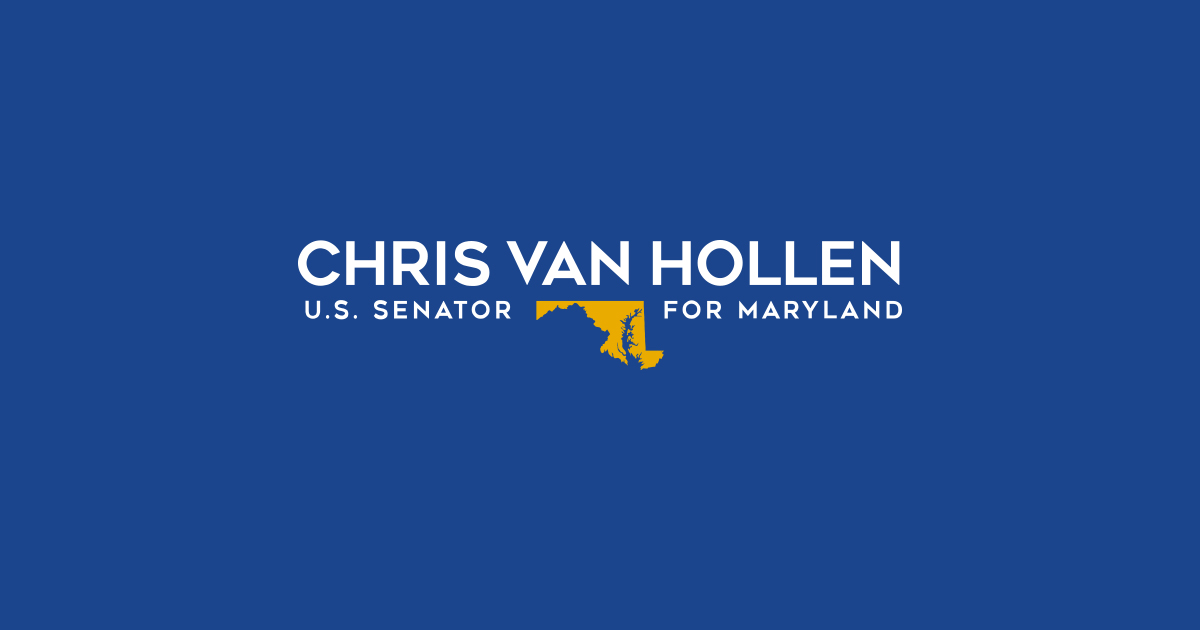Source: United States Senator for Maryland Chris Van Hollen
Today, U.S. Senator Chris Van Hollen (D-Md.) and Martin Heinrich (D-N.M.) applauded the inclusion of their provisions to help American families reduce their energy costs and improve energy efficiency in their homes within the Build Back Better Framework. The legislation includes key provisions of Senator Van Hollen’s HOPE for HOMES Act and Senator Heinrich’s Zero-Emission Homes Act.
“Addressing the climate emergency is not just an urgent challenge – it’s also an opportunity to create jobs and save Americans money on their energy bills. That’s why Senator Heinrich and I worked to include these two key provisions in the Build Back Better Framework that will help create new jobs in the clean energy sector while saving homeowners money on their utility costs. What’s more, this legislation will help families use less energy as we deploy these technologies across the U.S. in our efforts to tackle the climate crisis. This is a win-win-win,” said Senator Van Hollen.
“Electrifying our homes and businesses is one of the surest climate actions that we can take right now. We can use existing, proven technologies to dramatically reduce carbon pollution, create millions of good-paying jobs, and secure a more equitable future for our communities,” said Senator Heinrich. “I am proud to work with Senator Van Hollen to secure these provisions in the Build Back Better Framework to make the economic, environmental, and health benefits of electrification affordable and accessible to all Americans.”
The HOPE for HOMES Act and Zero-Emission Homes Act are both included in the House’s Build Back Better Framework released yesterday. Together, these investments will provide American families with a voluntary and tech-neutral path to reducing their energy bills and associated emissions. HOPE for HOMES starts the transition by providing rebates to incentivize whole-home deep retrofits to reduce energy consumption, and the Zero-Emission Homes Act gets us even further by helping American families afford clean and efficient appliances through point-of-sale rebates. They combine direct emissions reductions with kitchen table relief for Americans. These policies will work together to benefit millions of households, in every region of the country, and will put us on the only realistic path to hit our reduced emission targets. Finally, these policies recognize the need to address lower-income and moderate-income families who require additional help making this transition, providing higher rebates to those seeking to afford clean, high-performing electric appliances, or who cannot access low-income weatherization assistance but still need support investing in advanced, efficient technologies.
